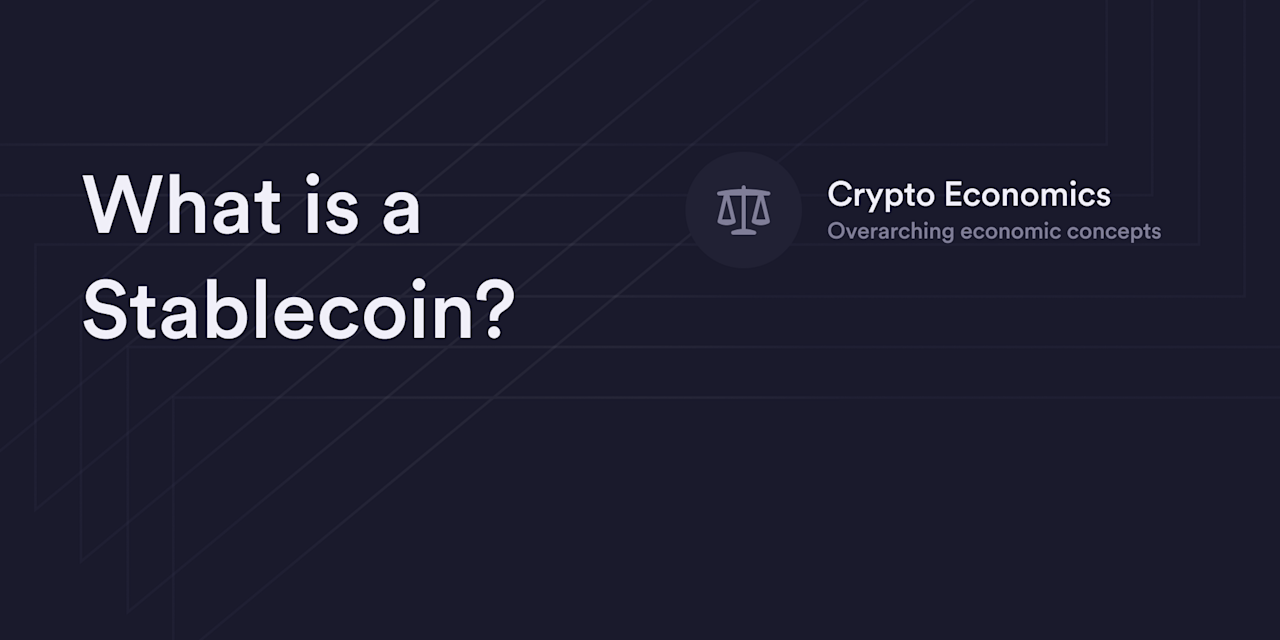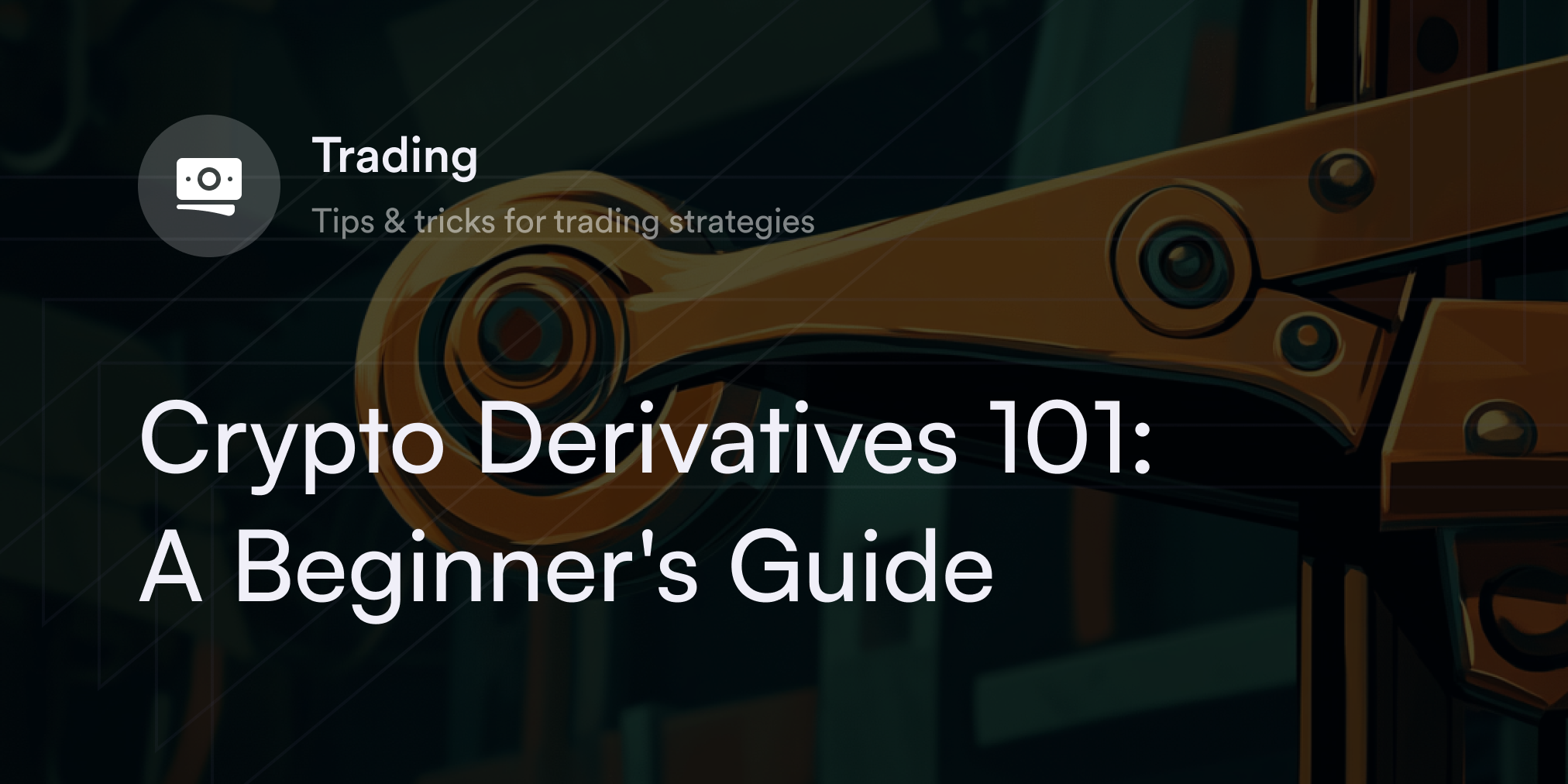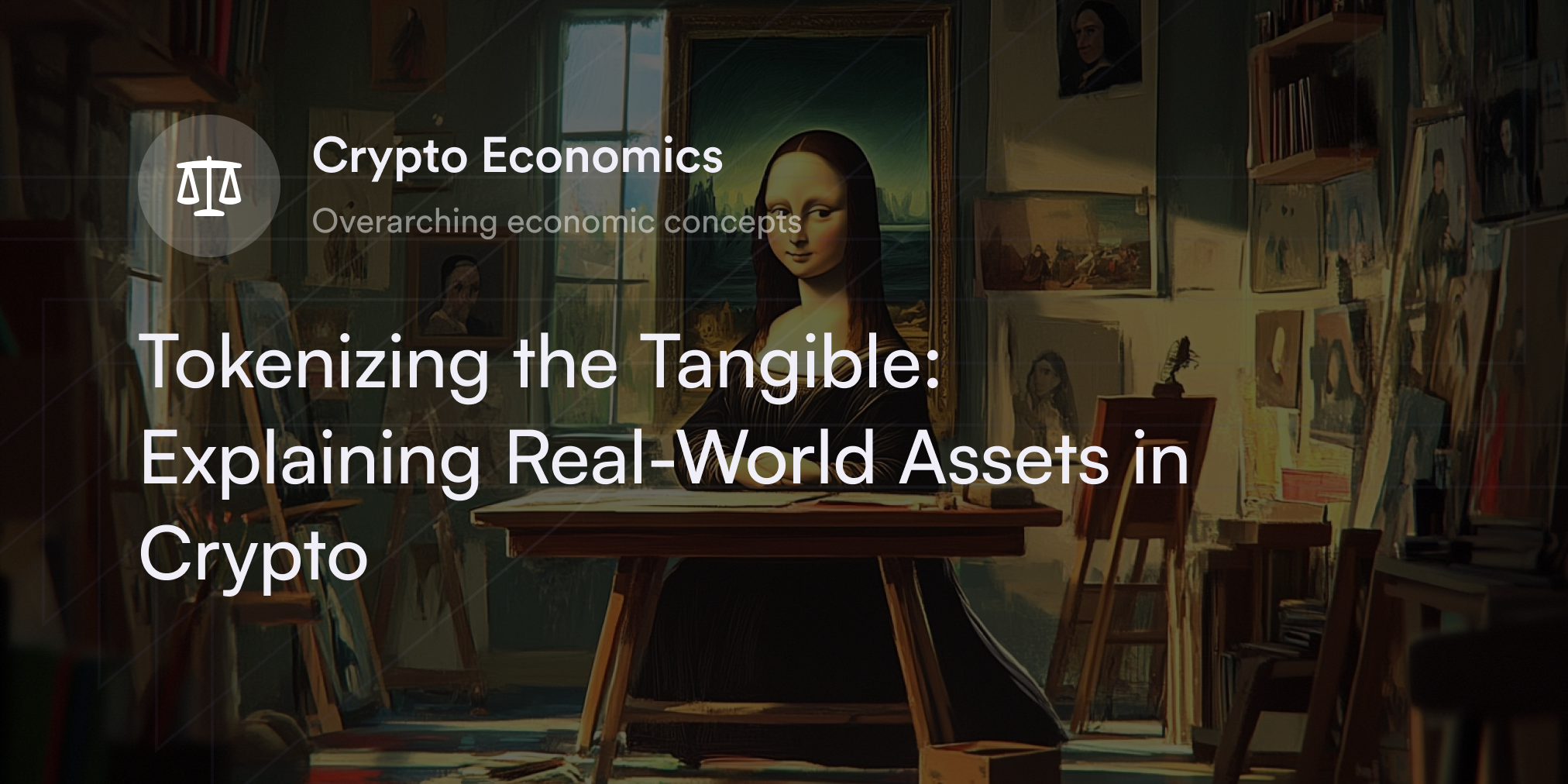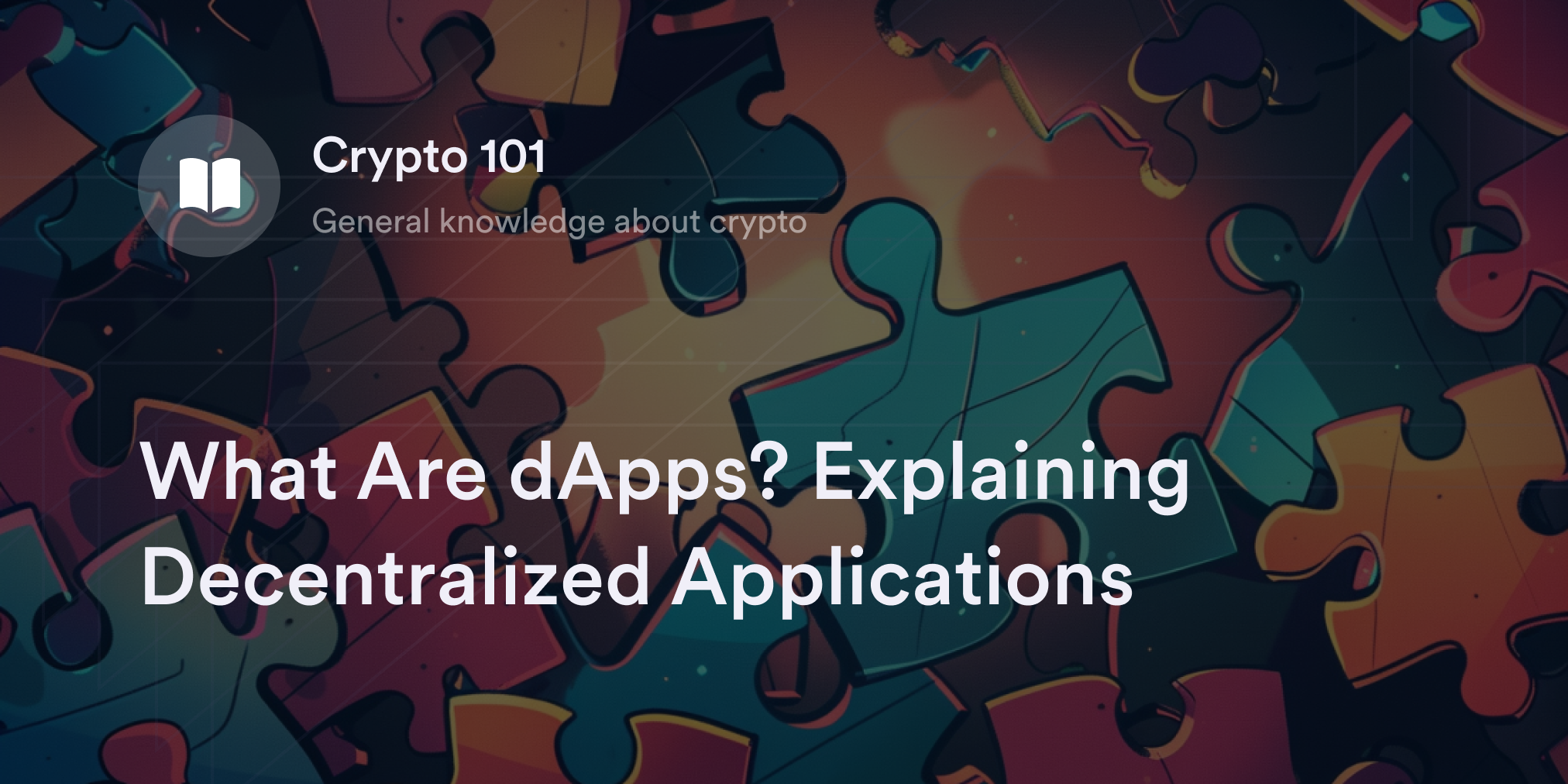


With such unpredictable price movements and 24/7 availability, cryptocurrencies are one of the most volatile asset categories for many day traders.
One technique that aims to aid in the buying and selling of digital assets is algorithmic trading. According to some surveys, almost 40% of crypto traders already use algorithmic programs, making them one of the most popular software applications in the trading community.
As algorithmic trading attracts more mainstream attention, finding trading platforms and companies offering services in this niche becomes much easier. That said, are cryptocurrency trading algorithms necessarily the right strategy for everyone? This comprehensive guide will explore their benefits and potential drawbacks to help traders make more intelligent trading decisions.
But before diving into how algorithmic trading works, let’s review what it means in the world of virtual currencies.
What is Algorithmic Trading in Crypto?
Cryptocurrency trading algorithms are sophisticated computer programs that automatically execute buy and sell orders on digital assets. Traders often refer to these algorithms as bots, which take care of the hard work of scanning the market for opportunities, opening positions, and closing trades.
Typically, a cryptocurrency trading algorithm links to a crypto exchange’s application programming interface (API) to monitor the latest price feeds for crypto assets and place orders based on its precoded instructions. Although traders have the freedom to define how a trading algorithm reacts in different market conditions, they can’t manually adjust its trading process once it’s connected to an exchange’s API. If a trader wants to tweak their algorithm’s strategy, they have to disconnect it from the crypto trading platform and rework the code before relinking it.
How to Set up a Crypto Trading Algorithm: General Guidelines
If you’re ready to take the plunge it’s important to first carefully define your goals and the parameters for your trading game plan. This initial stage helps you determine the risk you’re comfortable with and the technical indicators you’ll incorporate into the bot’s programming language. The more detailed a trading thesis is, the easier time you’ll have creating the ideal algorithm.
Once you have a clear idea of your market objectives and risk tolerance, download or write an algorithm in line with your criteria. Typically, people familiar with coding use a programming language like Python, C++, or Java to set up the if/then statements and more advanced commands for automatic trading.
If you don’t know how to code, you can turn to precoded bots available on platforms like 3Commas, Cryptohopper, or Shrimpy for a fee. Although customizing a third-party bot isn’t as easy as a standalone algorithm, bots are the most accessible option if you don’t have a lot of coding experience but want the automation of algorithmic trading.
After writing or downloading a cryptocurrency trading algorithm, test your bot on no-risk simulations using real-time price data or historical price charts. Since there’s no money on the line during this backtesting phase, it’s the safest way to review an algorithm’s strategy and adjust for glitches in its design. It’s common to only move on to live trading with your algorithmic bot after you feel comfortable with your backtesting results’ consistency.
Once you’re ready, link your bot to a crypto exchange’s API to gather price data and place trades. Depending on how the algorithm performs, either pause your algorithm to rework the code, maintain your position, or increase capital exposure to amplify your risk profile.
Pros and Cons of algorithmic crypto trading
Since trading algorithms rely solely on code, they offer traders an efficient way to manage crypto positions 24/7. There are, however, situations where these seemingly logical programs go haywire and cost time, money, and peace of mind. And that’s why carefully weighing the benefits and drawbacks is essential before jumping the gun.
Crypto Trading Algorithm Pros
Removes emotional bias: Crypto trading algorithms remove emotion from the equation. After linking an algorithm to an API, there is less need to actively manage the portfolio, which decreases the risk of making an emotion-based move like panic selling or buying into an over-hyped cryptocurrency. The logical reasoning of the computer program ensures traders stick to their plan, even when it’s tempting to make a rash decision.
Involves zero downtime: The cryptocurrency market never takes a break, but humans need to relax, sleep, and enjoy life away from price charts. With a crypto trading bot, however, trading crypto assets even when a trader is tucked in bed is possible. Even if a significant price move happens overnight, traders won’t miss the opportunity to enter or exit a position as an algorithmic trader.
Works for various trading strategies: There’s no limit to the trading techniques and technical indicators you incorporate into your algorithms. Whether you prefer arbitrage, momentum trades, or scalping, you can customize an algorithm per your style and preference.
Automatically analyzes multiple market metrics: A well-built trading algorithm has the power to process more info and make faster decisions than humans. Within a few seconds, crypto trading bots scan real-time price data and technical indicators for multiple digital assets on dozens of exchanges to make well-calculated trades.
Crypto Trading Algorithm Cons
Extra trading fees: The more frequently algorithms open and close positions, the more fees you need to pay to your crypto trading platform. You also have to factor in the increased tax implications for using crypto trading algorithms.
Requires an always-active status: Using trading algorithms seems like a hands-off strategy, but it’s far from passive. After you build and backtest your algorithm, you need to constantly monitor the trading performance to spot potential errors and adjust the coding parameters.
Higher technical requirements: Although you don’t need to know how to code to launch an algorithm, it helps to have some familiarity with coding languages and computer programming. People who don’t understand how algorithms work won’t have as much flexibility to personalize their trading strategies.
Increasing competition from trading firms: As the crypto market becomes more mainstream, many large hedge funds and professional trading institutions use algorithmic trading in their strategies. Firms using advanced high-frequency trading (HFT) algorithms spot trades within milliseconds, giving them a competitive advantage over solo bot traders.
How to Find a Crypto Trading Algorithm That Works for You
Designing a crypto trading algorithm that works for you depends on dozens of variables, including your familiarity with coding, risk tolerance, and market objectives.
For instance, if you possess advanced knowledge of programming languages like Python or R, you may prefer to write an algorithm from scratch–giving you the most freedom and customizability over your trading parameters. If you aren’t fluent in coding languages, reading reviews for top-ranking crypto-specific trading bots and seeing whether these algorithms have the right features for your trading plan might be a good place to start.
Trading bots sometimes offer free options or trials, so take advantage of these complimentary offers and note how each program performs. That said, be careful of crypto trading algorithms claiming to offer “guaranteed” results. Reputable trading bots often charge subscription fees for their services, and they never guarantee returns.
Automate Crypto Derivatives Trading for Eligible Traders on dYdX
On dYdX’s decentralized exchange, eligible traders have the power to program their perfect crypto perpetuals trading strategies. With advanced tools like slippage tolerance controls, leverage, and stop-limit orders, dYdX gives eligible traders multiple ways to set up your trades without worrying about monitoring screens 24/7. Find out all the latest features dYdX offers eligible traders on our official blog, and for more details on crypto trading techniques, check out the dozens of educational guides about all things crypto on dYdX Academy.
Eligible traders can start trading on dYdX today!
Disclaimer
The content of this article (the “Article”) is provided for general informational purposes only. Reference to any specific strategy, technique, product, service, or entity does not constitute an endorsement or recommendation by dYdX Trading Inc., or any affiliate, agent, or representative thereof (“dYdX”). Use of strategies, techniques, products or services referenced in this Article may involve material risks, including the risk of financial losses arising from the volatility, operational loss, or nonconsensual liquidation of digital assets. The content of this Article does not constitute, and should not be considered, construed, or relied upon as, financial advice, legal advice, tax advice, investment advice, or advice of any other nature; and the content of this Article is not an offer, solicitation or call to action to make any investment, or purchase any crypto asset, of any kind. dYdX makes no representation, assurance or guarantee as to the accuracy, completeness, timeliness, suitability, or validity of any information in this Article or any third-party website that may be linked to it. You are solely responsible for conducting independent research, performing due diligence, and/or seeking advice from a professional advisor prior to taking any financial, tax, legal, or investment action.
You may only use the dYdX Services in compliance with the dYdX Terms of Use available here, including the geographic restrictions therein.
Any applicable sponsorship in connection with this Article will be disclosed, and any reference to a sponsor in this Article is for disclosure purposes, or informational in nature, and in any event is not a call to action to make an investment, acquire a service or product, or purchase crypto assets. This Article does not offer the purchase or sale of any financial instruments or related services.
By accessing this Article and taking any action in connection with the information contained in this Article, you agree that dYdX is not responsible, directly or indirectly, for any errors, omissions, or delays related to this Article, or any damage, injury, or loss incurred in connection with use of or reliance on the content of this Article, including any specific strategy, technique, product, service, or entity that may be referenced in the Article.







